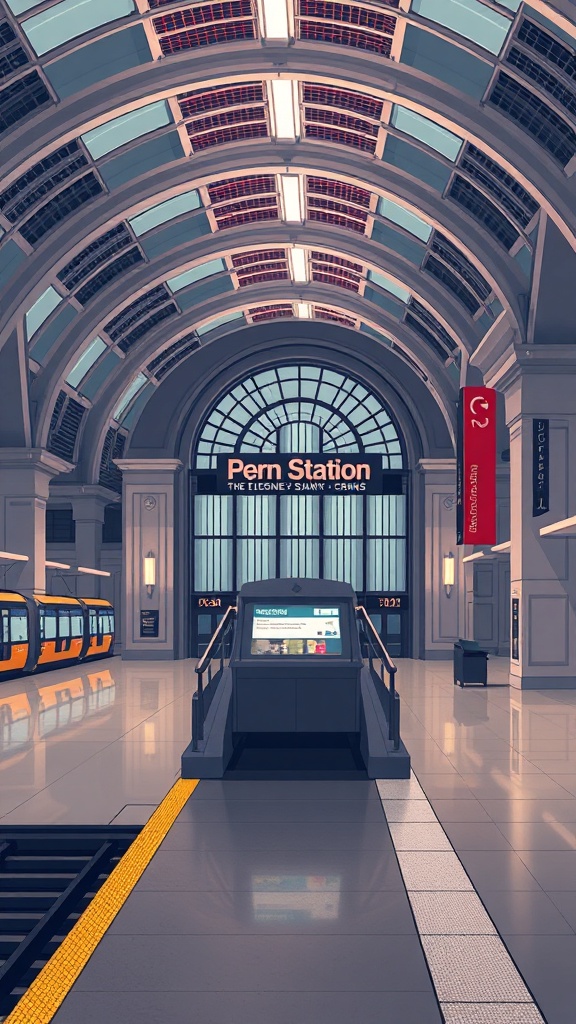Penn Station remains one of the busiest and most vital transportation hubs in the region, serving commuters, travelers, and visitors with a complex mix of intercity and commuter rail, subway lines, buses, and pedestrian flow. With ongoing improvements to passenger amenities and station operations, it’s helpful to know how to navigate the station efficiently and make travel smoother.
What to expect
– Operators and services: Amtrak handles intercity routes, while NJ Transit and the Long Island Rail Road provide heavy commuter traffic.
Moynihan Train Hall, adjacent to the historic Farley Post Office building, offers expanded space and upgraded amenities for many Amtrak and long‑distance passengers, easing pressure on the older concourse. Subways within walking distance include multiple lines on Seventh and Eighth Avenues, and PATH service is a short walk away.
– Crowds and flow: Peak commuting windows are consistently busy, and special events—like concerts at the nearby arena—can create surges. Signage has improved across multiple concourses, but temporary reroutes or construction can still create confusing pinch points.
Practical tips for smoother travel
– Check schedules and e‑tickets before you go: Official apps and real-time departure boards reduce stress. Allow extra time when transferring between operators or arriving from the subway.

– Choose your entrance: Several entrances feed different parts of the concourse. If you’re catching a long‑distance train, Moynihan Train Hall can be more comfortable; local commuter trains are accessed through the main Penn Station concourse.
– Travel light or use storage: Station layouts and stairways can be narrow.
Third‑party luggage storage services operate nearby if you need to explore the city baggage‑free.
– Know your platform etiquette: Platforms can be crowded and trains often board quickly. Stand clear of marked yellow lines and follow conductor announcements for platform assignments.
– Consider alternate routes during peak times or disruptions: Herald Square and nearby subway access points can be convenient for bypassing the busiest corridors.
For longer intercity trips, arriving a bit earlier lets you use waiting areas and services without rushing.
Accessibility and customer service
Accessibility features—elevators, ramps, tactile guidance—are increasingly emphasized across concourses and nearby transit links. Customer service counters and staffed kiosks can help with trip planning, but check digital options for the fastest ticketing and schedule updates.
Safety and security
There’s a steady presence of transit police and customer assistance staff. Follow posted rules, and if you see unattended items or an emergency, alert station staff or law enforcement immediately. For personal safety during late hours, choose well‑lit areas, use staffed entrances and keep possessions secure.
Retail and dining
Retail and dining options are clustered around concourses and the train hall, providing quick meals, coffee, and essentials.
For sit‑down dining or more variety, local dining around the plaza and nearby neighborhoods offers many choices within a short walk.
Future-facing improvements
Station modernization efforts continue to focus on easing congestion, enhancing passenger amenities, and improving rail capacity. Expect incremental upgrades to signage, wayfinding, and platform access designed to make transfers faster and less stressful.
Whether you’re a daily commuter or a visitor catching an intercity train, planning and a little local knowledge go a long way toward making time at Penn Station more predictable and comfortable.